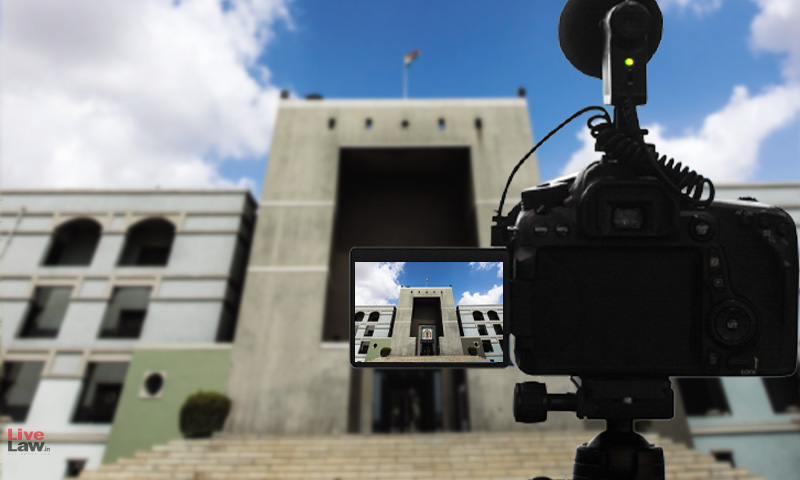 |
|
The Gujarat High Court recently issued a significant ruling concerning the live-streaming of court proceedings on YouTube. A division bench, comprised of Justice A.S. Supehia and Justice Gita Gopi, opined that videos of court proceedings, while beneficial for transparency and public access to justice, should be removed from YouTube after a designated period. This decision, however, leaves the determination of the appropriate timeframe to the discretion of the Chief Justice. The court's decision arose from the dismissal of a contempt plea filed by the Gujarat Operational Creditors Association against Arcelor Mittal Nippon Steel India and their legal representatives. The association's plea alleged contempt based on the respondents' actions to seek an extension of an interim stay in a separate legal matter. The court found the contempt application to be frivolous and disingenuous, further expressing displeasure with the applicant and their counsel, Deepak Khosla, for making unwarranted remarks against the judges. The court's rejection of the contempt plea wasn’t just a dismissal; it carried a significant financial consequence. A cost of Rs 2 lakh was imposed on the applicant, payable within two weeks. This financial penalty underscores the court's serious view of the frivolity of the application.
A central issue in the case revolved around the applicant's reliance on transcripts derived from the live-streamed video recordings of the court proceedings. The court explicitly condemned this practice, citing Rule 5 of the Gujarat High Court (Live Streaming of Court Proceedings) Rules, 2021. This rule clearly stipulates that live-streamed videos and their content are not to be considered official, authorized, or admissible as evidence in any court proceedings. The court emphasized that the transcripts, being derivative works from the live-streamed videos, fall under the prohibition outlined in the rules. The court's strong condemnation of the applicant's use of these unauthorized transcripts highlights the importance of adhering to the established rules governing the use of live-streamed court recordings. The rules, in essence, protect the integrity of court proceedings and prevent any misrepresentation or misinterpretation based on potentially edited or selectively chosen portions of the recordings. The court’s decision safeguards against the potential for misuse of the live-streaming system.
The underlying case itself involved a complex interplay of legal procedures and interpretations. The original dispute concerned an interim order issued by a single judge on August 8, 2024, which granted a stay in a writ petition filed by Arcelor Mittal Nippon Steel India. This interim order was subsequently extended, leading to further legal challenges. The applicant argued that the interim relief should have automatically lapsed after 15 days, citing established legal precedent. However, the court rejected this argument, highlighting the complexities of interpreting legal timelines and the discretion afforded to judges in such matters. The applicant’s contention that senior advocates and lawyers for the respondents acted improperly by seeking further extensions was also dismissed. The court’s detailed analysis of the case demonstrates a thorough understanding of the legal framework and a commitment to upholding its integrity. This judgment not only addresses the immediate issue of the contempt plea but also serves as a clarification of the rules and procedures governing the use of live-streamed court recordings. The decision reinforces the court’s authority and ensures responsible use of its live-streaming platform.
The Gujarat High Court's decision highlights the increasing challenges faced by judicial systems in the digital age. The court's balancing act – promoting transparency and public access through live-streaming while simultaneously safeguarding the integrity of its proceedings – is crucial. The ruling is a clear signal that while live-streaming offers benefits, it must be used responsibly and ethically. Misuse or attempts to manipulate the system through unauthorized use of recordings or frivolous litigation will face strong repercussions. The decision establishes a precedent for other courts grappling with similar issues concerning live-streaming of proceedings. Furthermore, the detailed examination of the rules surrounding live-streaming underscores the need for clear and enforceable guidelines to regulate this rapidly evolving aspect of the judicial process. The case underscores the necessity for both courts and legal professionals to remain vigilant in navigating the evolving landscape of digital technologies and their application to legal processes. The court's emphasis on the use of official transcripts and the rejection of unauthorized interpretations strengthens the rule of law and maintains the integrity of judicial records. The case serves as a potent example for other jurisdictions adopting similar technology.
